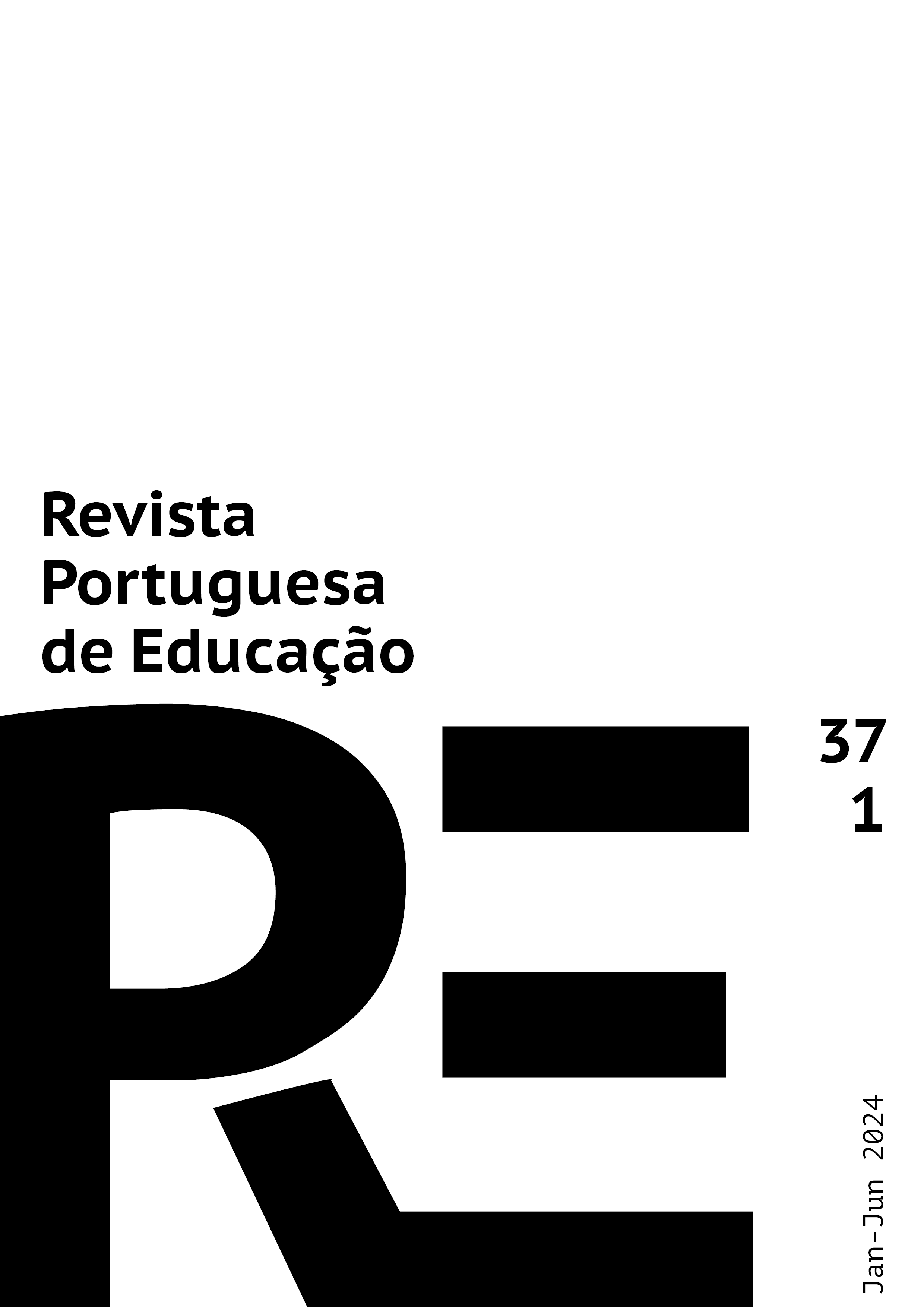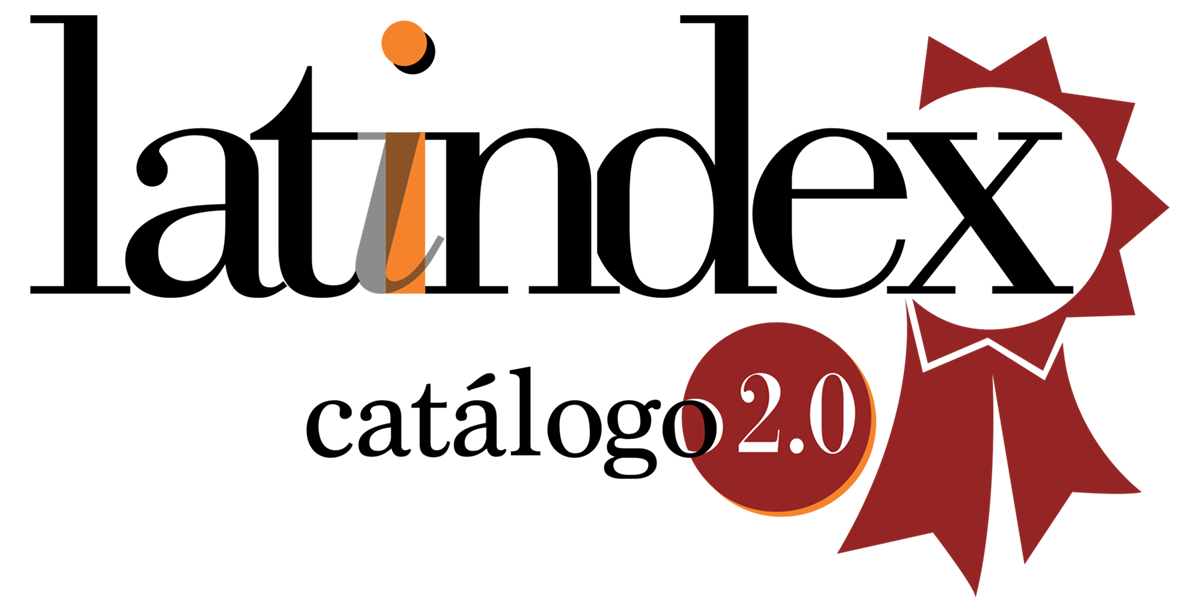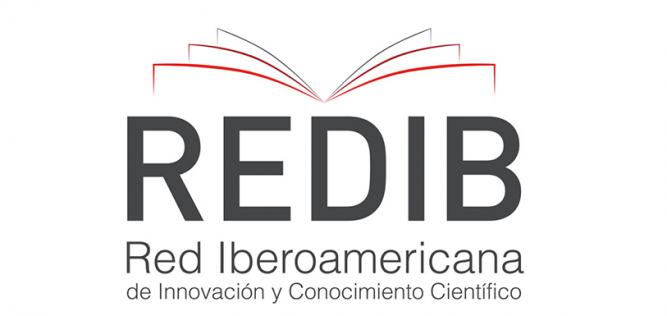Demonstrations and scenarios of perceived school violence in educational Communities in Cartagena, Colombia
DOI:
https://doi.org/10.21814/rpe.26531Keywords:
school violence, bullying, family, communityAbstract
Most public schools in Cartagena (Colombia) are located in vulnerable areas of the city, characterized by a high incidence of violence, which seriously affects the quality of education, coexistence and the emotional well-being of the educational community. The objective of this work was to analyze perceptions about School Violence (SV), based on the stories of 50 participants: students, mothers and teachers from educational institutions living in vulnerable areas from Cartagena de Indias. In this approach, this paper intends to examine the testimonies of violence at school reported by the different social agents interviewed with the purpose of developing solutions from the school and the community. Results indicate that school violence is perceived in terms of a diversity of manifestations that occur and intertwine in three main scenarios: school, family, and social community. It is perceived as a game, a product of tensions between family and school. It is associated with a deficit of social competences and associated with problems such as drug addiction or poor opportunities for decent jobs. These results provide schools with inputs for the design and implementation of prevention programs and strategies against school violence.
Downloads
References
Bandura, A. (1986). Social Foundations of Thought and Action: A social cognitive theory. Prentice Hall.
Baumrind, D. (1971). Current patterns of parental authority. Developmental Psychology Monograpf, 4(1, Pt. 2), 1-103. https://doi.org/10.1037/h0030372
Bronfenbrenner, U. (1977). Toward an experimental ecology of human development. American Psychologist, 32(7), 513-531. https://psycnet.apa.org/doi/10.1037/0003-066X.32.7.513
Camargo, Á., & Hederich, C. (2007). El estilo de enseñanza: un concepto en búsqueda de precisión. Revista Pedagogía y Saberes, (26), 31-40. https://doi.org/10.17227/01212494.26pys31.40
Cardozo, R., Núñez, C., Medina, M., Romano, A., & Núñez, J. (2018). Acoso Escolar desde la perspectiva de Docentes y Alumnos en una Unidad Educativa. Actualidad Médica, 103(805), 121-125. http://dx.doi.org/10.15568/am.2018.805.or01
Chávez, M. (2017). La violencia escolar desde la perspectiva infantil en el altiplano mexicano. Revista Mexicana de Investigación Educativa, 22(74), 813-835. https://www.scielo.org.mx/scielo.php?pid=S1405-66662017000300813&script=sci_abstract
Chuquilin, J., & Zagaceta, M. (2017). La violencia en las escuelas desde la perspectiva de sus actores. El caso de una escuela secundaria de la Ciudad de México. Revista Educación, 41(2), 131-149. https://doi.org/10.15517/revedu.v41i2.21751
Colombo, G. (2011). Violencia Escolar y Convivencia Escolar: Descubriendo estrategias en la vida cotidiana escolar. Revista Argentina de Sociología, 8-9(15-16), 81-104. https://dialnet.unirioja.es/servlet/articulo?codigo=7400094
Econometría Consultores (2014). Línea de base de la intervención de Fundación Social en Cartagena. Fundación Social.
Fuentes, L., & Pérez, L. (2019). Convivencia escolar: una mirada desde las familias. Telos: Revista de Estudios Interdisciplinarios en Ciencias Sociales, 21(1), 61-85. https://doi.org/10.36390/telos211.05
Fundación Social (2016). Informe de Labores y Balance Social 2016. Fundación Social. https://www.fundaciongruposocial.co/storage/general/FGS-informe-de-labores-balance-social_2016.pdf
Garaigordobil, M., Mollo, J. & Larrain, E. (2018). Prevalencia de bullying y cyberbullying en Latinoamérica: Una revisión. Revista Iberoamericana de Psicología, 11(3), 1-18. https://reviberopsicologia.ibero.edu.co/article/view/rip.11301
Gázquez, F., Pérez, M.C., Lucas, F., & Palenzuela, M. M. (2008). Percepción del alumnado universitario sobre el origen de la violencia escolar. European Journal of Education and Psychology, 1(1), 69-80. https://doi.org/10.30552/ejep.v1i1.2
Herrera, J. D. (2009). La comprensión de lo social: Horizonte hermenéutico de las ciencias sociales. Ediciones Ántropos.
Hidalgo-Rasmussen, C., & Hidalgo-San Martín, A. (2015). Violencia e inseguridad contextual percibida y roles en bullying en escolares mexicanos. Revista Latinoamericana de Ciencias Sociales, Niñez y Juventud, 13(2), 767-779. https://doi.org/10.11600/1692715x.13215021214
López, L., & Ramírez, A. (2017). Estilos educativos familiares y acoso escolar: un estudio en la comunidad autónoma de la Rioja (España). Revista Brasileira de Educação, 22(71), e227155. https://doi.org/10.1590/S1413-24782017227155
Lugones, M., & Ramírez, M. (2017). Bullying: aspectos históricos, culturales y sus consecuencias para la salud. Revista Cubana de Medicina General Integral, 33(1), 154-162. https://www.medigraphic.com/cgi-bin/new/resumen.cgi?IDARTICULO=79203
Martin, R., Martínez, L., & Ferrer, D. (2017). Funcionamiento familiar e intento suicida en escolares. Revista Cubana de Medicina General Integral, 33(3), 281-295. http://scielo.sld.cu/scielo.php?script=sci_arttext&pid=S0864-21252017000300002
Martínez-Otero, V. (2014). Prevención del estrés escolar. International Journal of Developmental and Educational Psychology, 1(1), 2014, 295-306. https://doi.org/10.17060/ijodaep.2014.n1.v1.375
Mels, C., Derluyn, I., Broekaert, E., & Rosseel, Y. (2010). The psychological impact of forced displacement and related risk factors on Eastern Congolese adolescents affected by war. Child Psychology & Psychiatry, 51(10), 1096-1104. https://doi.org/10.1111/j.1469-7610.2010.02241.x
Miller, K. E., & Rasmussen, A. (2010). War exposure, daily stressors, and mental health in conflict and post-conflict settings: Bridging the divide between trauma-focused and psychosocial frameworks. Social Science & Medicine, 70(1), 7-16. https://doi.org/10.1016/j.socscimed.2009.09.029
Núñez, G., & Núñez, N. (2016). Factores que se asocian a la violencia escolar en los estudiantes con sobre-edad pertenecientes al programa de terminalidad en Catamarca capital. Margen: Revista de Trabajo Social y Ciencias Sociales, (82), 1-6. https://dialnet.unirioja.es/servlet/articulo?codigo=5730627
Rodrigo, J., & Palacios, M. J. (2012). Familia y Desarrollo Humano. Alianza. https://dialnet.unirioja.es/servlet/libro?codigo=9987
Rojas, J. (2013). Clima escolar y tipología docente: La violencia escolar en las prácticas educativas. Cuadernos de Investigación Educativa, 4(19), 87-104. https://doi.org/10.18861/cied.2013.4.19.28
Román, M., & Murillo, J. (2011). América Latina: violencia entre estudiantes y desempeño escolar. Revista Cepal, 104, 37-54. https://hdl.handle.net/11362/11458
Romero, A., Musitu, G., Callejas, J., Sánchez, J., & Villarreal, M. (2018). Factores predictores de la violencia relacional en la adolescencia. Liberabit, 24(1), 29-43. https://doi.org/10.24265/liberabit.2018.v24n1.03
Santoyo, D., & Frías, S. (2014). Acoso escolar en México: Actores involucrados y sus características. Revista Latinoamericana de Estudios Educativos, 44(4), 13-41. https://doi.org/10.48102/rlee.2014.44.4.233
Toledo, M., Guajardo, G., Miranda, C., & Pardo, I. (2018). Propuesta tríadica para el estudio de la violencia escolar. Cinta Moebio, (61), 72-79. http://dx.doi.org/10.4067/S0717-554X2018000100072
Ttofi, M., Farrington, D., Lösel, F., & Loeber, R. (2011). The predictive efficiency of school bullying versus later offending: A systematic/meta-analytic review of longitudinal studies. Criminal Behaviour and Mental Health, 21(2), 80-89. https://doi.org/10.1002/cbm.808
Ttofi, M., Farrington, D., & Lösel, F. (2012). School bullying as a predictor of violence later in life: A systematic review and meta-analysis of prospective longitudinal studies. Aggression and Violent Behavior, 17(5), 405-418. https://doi.org/10.1016/j.avb.2012.05.002
Villota, M., & Garzón, F. (2015). El Acoso Escolar. Saber, Ciencia y Libertad, 10(1), 219-234. https://doi.org/10.18041/2382-3240/saber.2015v10n1.983
Zambrano, C., & Almeida, E. (2017). Clima social familiar y su influencia en la conducta violenta en los escolares. Revista Ciencia Unemi, 10(25), 97-102. https://doi.org/10.29076/issn.2528-7737vol10iss25.2017pp97-102p
Downloads
Published
How to Cite
Issue
Section
License
Copyright (c) 2024 Elsy Domínguez de la Ossa, Pedro Vázquez Miraz

This work is licensed under a Creative Commons Attribution-ShareAlike 4.0 International License.
1. The authors preserve their authorship and grant the Portuguese Journal of Education the right to the first publication. The work is licensed under Creative Commons Attribution License that allows sharing the work with the acknowledgment of initial authorship and publication in this Journal.
2. The authors have the right to take additional contracts separately, for non-exclusive distribution of the published version of their work (e.g. to deposit in an institutional repository or as a book chapter), acknowledging the initial authorship and publication in this Journal.
3. The authors have the permission and are stimulated to post their work online (e.g. in an institutional repository or on their personal website). They can do this at any phase of the editorial process, as it may generate productive changes, as well as increase impact and article citation (see The Open Citation Project).
The work is licensed under Attribution-ShareAlike 4.0 International (CC BY-SA 4.0)




















